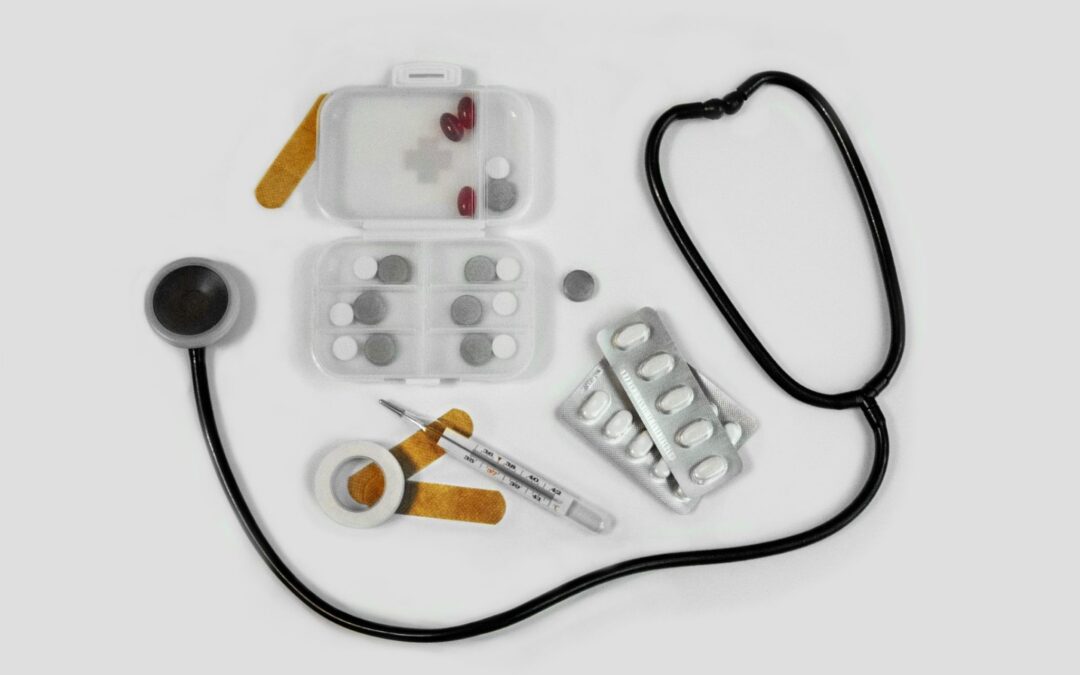Medical error is the third leading cause of death in the United States according to a recent Johns Hopkins study – third only to heart disease and cancer. And by medical error, we’re talking about preventable medical errors. We’re not talking about just a bad or unexpected outcome. We’re talking about what’s been determined to be preventable medical errors.
How is this possible in our country?
We pay more for care than any other country in the world. We have the leading research institutions in the world and wonderful facilities such as the Sloan Kettering Hospital, Johns Hopkins, and Shepherd Center. America is consistently in the lead when it comes to developing new treatments and medications and ways to help people. So, how is it that medical negligence is such a prevalent problem in America? The conclusion I reached in my 25 years of representing victims of medical negligence is that there is a direct relationship between the industrialization of medical care versus the patient-doctor oriented medical care.
What am I talking about?
It should come as no surprise to anybody that money is the predominant factor driving the delivery of healthcare in America. The money doctors get paid from insurance companies, from Medicare and Medicaid – those reimbursable amounts have changed dramatically over the years. Doctors make less money per capita now than they did decades ago, and the healthcare industry shifted in response.
My father was a general surgeon and ran a small country practice in a rural community south of Atlanta, and his relationship with his patients was a personal one. He spent time with his patients and got to know them, their habits. He enjoyed that aspect of practicing medicine, but it was also important for him to deliver quality care to his patients because he knew who they were.
What’s changed over the past two decades is these small practices like the one my father operated are almost all but extinct – ongoing consolidation in the industry means these individual practices are gobbled up by larger organizations. These healthcare corporations absorb all of the small offices, whether they’re family care or specialty practices, and impose structure and rigidity with the end goal of extracting the maximum revenue possible.
How does that impact patients?
How does this impact patients and drive the notion that medical error is the third leading cause of death in the United States? The model shifts from outcome to volume. Doctors are forced to see more and more patients, perform additional procedures, and accelerate this conveyor belt of medicine to maximize profits, which can and often does, impact patient safety. There’s a measure of reimbursement in the medical community known as RVU’s – revenue value units. They are used to measure productivity by a healthcare professional.
Predictably, the more patients a doctor sees, the higher the doctor’s RVU’s – the higher the profitability of that doctor, leading to greater compensation. So, where a doctor may have seen 15, maybe 20 patients in a day two decades ago, that same doctor may see 50 or 60 patients in a day today. You can’t truly get to know 50 or 60 people that you meet in a day – you can spend a few minutes with them, you can look at their chart and their vitals, but you can’t know who they are or really understand and appreciate all of the different factors that may go into their healthcare decisions.
These are the systemic problems that are affecting outcomes of healthcare in America and, unfortunately, I’m seeing far too many examples of patients falling through the cracks and not getting the attention or care they’re entitled to and deserve. This is the standard of care.
When doctors see a high volume of patients, accidents are going to happen, mistakes are going to be made, data is going to be missed, and facts are going to be ignored. That is the root of medical error. It isn’t intentional. But if doctors, nurses and healthcare professionals are not following basic safety rules and they are not effectively communicating with other healthcare providers, then they are, in fact making a choice. They’re choosing to put patient safety at risk by not doing their job in a responsible manner that meets the standard of care.
Learn more by listening to “Face the Jury” Episode 1 at podcast.belllawfirm.com.

